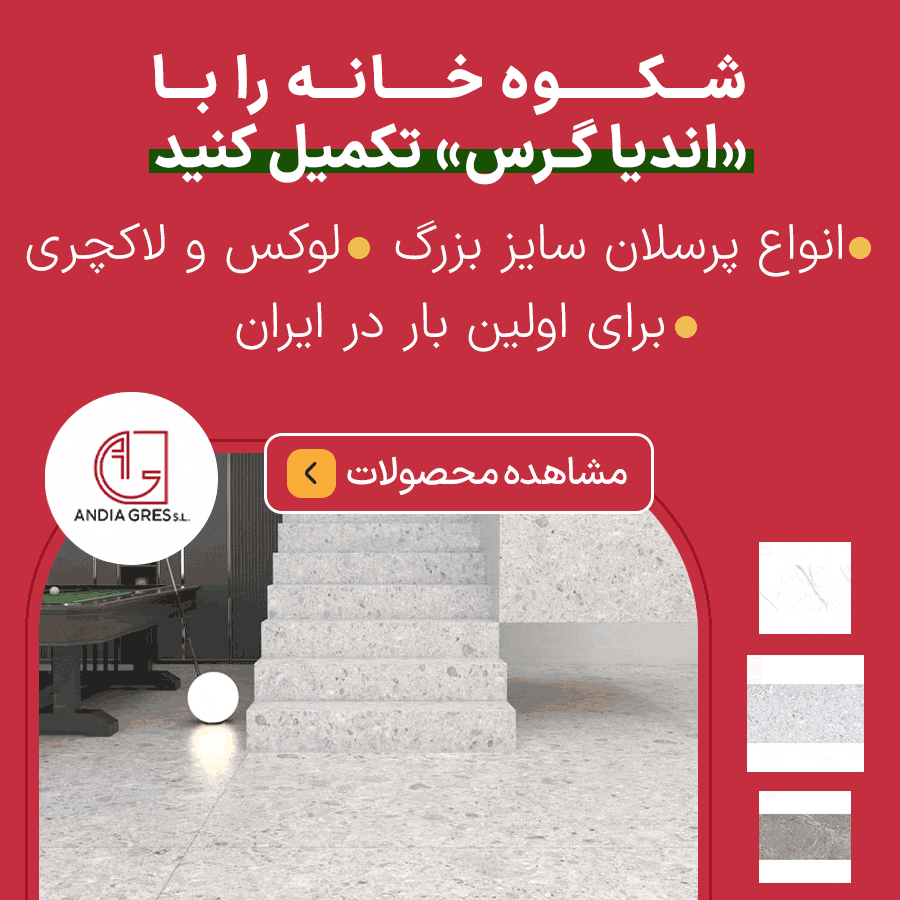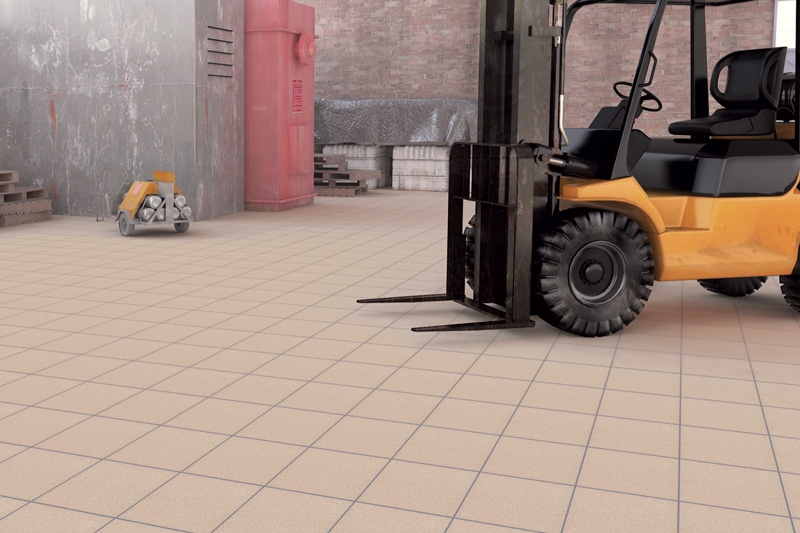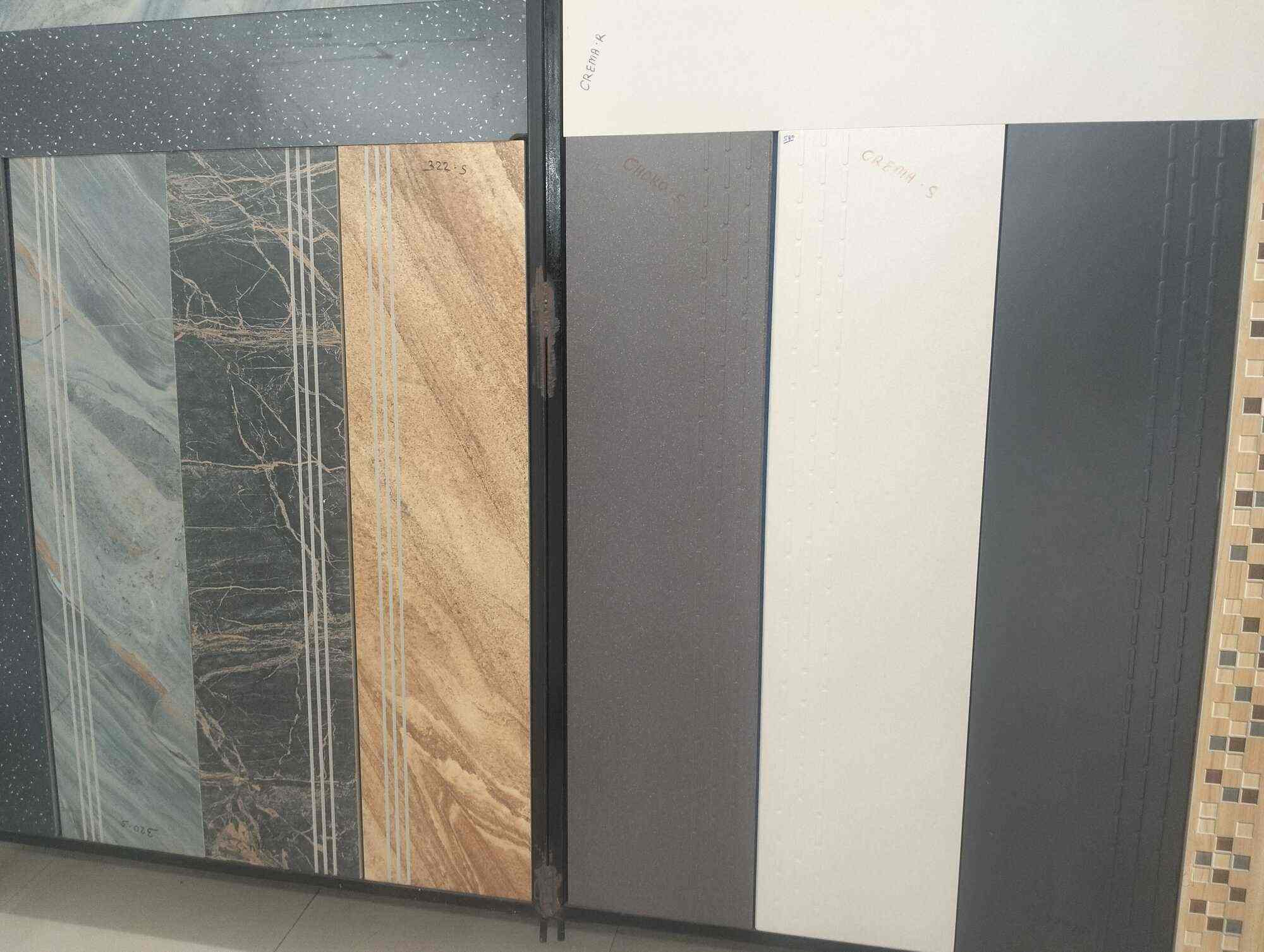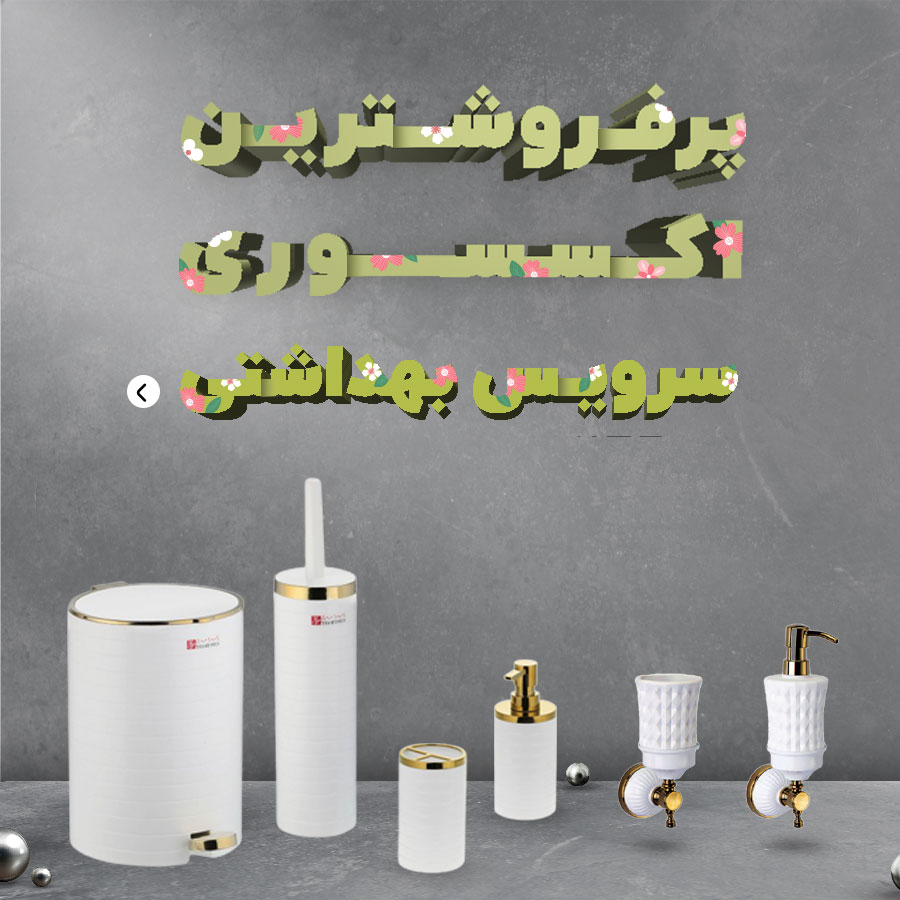The chemical industry is a cornerstone of modern manufacturing, producing everything from pharmaceuticals to fertilizers. Yet, it faces a persistent enemy: corrosion. Harsh chemicals, extreme conditions, and constant exposure to acids and alkalis can degrade traditional materials, leading to safety risks, costly repairs, and operational delays. This is where acid-resistant tiles come in—a groundbreaking innovation designed to thrive in the toughest environments. These tiles are more than just a protective surface; they represent a leap forward in technology, ensuring durability, safety, and efficiency across chemical facilities worldwide.
In this in-depth article, we’ll explore how acid-resistant tiles are revolutionizing the chemical industry. We’ll dive into the advanced technology behind their creation, their practical applications, and the tangible benefits they offer. With a focus on long-lasting solutions and future trends, this guide is tailored for engineers, facility managers, and industry professionals looking to protect their operations. By the end, you’ll see why acid-resistant tiles are not just an option but a necessity in today’s chemical landscape.
What Are Acid-Resistant Tiles?
Acid-resistant tiles are specially engineered to withstand corrosive substances like acids, alkalis, and solvents. Unlike regular tiles that crack or erode under chemical attack, these tiles maintain their strength and appearance even after prolonged exposure. This makes them a vital asset in environments where chemicals are a constant presence, such as laboratories, factories, and processing plants.
The Science Behind Acid-Resistant Tiles
The magic of acid-resistant tiles lies in their materials and manufacturing. Most are made from high-quality ceramic, porcelain, or vitrified clay, which are fired at temperatures exceeding 1200°C. This intense heat fuses the materials into a dense, non-porous structure that blocks chemicals from seeping in and causing damage.
Some tiles go a step further with a chemically inert glaze or coating. This extra layer acts like a shield, ensuring that even the most aggressive acids can’t react with the tile’s surface. Together, the core material and protective coating create a fortress against corrosion.
Types of Acid-Resistant Tiles
Not all acid-resistant tiles are the same. Here’s a breakdown of the main types and their uses:
- Ceramic Acid-Resistant Tiles: Affordable and versatile, these tiles are great for general chemical exposure. They’re widely used in industrial settings where cost and performance need to balance.
- Porcelain Acid-Resistant Tiles: Stronger and less porous than ceramic, porcelain tiles excel in high-traffic areas or spaces with intense chemical use.
- Vitrified Acid-Resistant Tiles: Nearly impervious to liquids, these tiles are the gold standard for extreme conditions, like handling concentrated acids.
- Epoxy-Coated Tiles: These feature an epoxy layer for seamless, chemical-proof surfaces, often used where hygiene and easy cleaning are critical.
Each type offers unique strengths, allowing facilities to choose the best fit for their specific needs.
The Technology Behind Acid-Resistant Tiles
The creation of acid-resistant tiles is a blend of science and engineering. Let’s unpack the key elements that make them so effective.
Material Composition
The foundation of these tiles is their raw materials:
- Clay: Rich in silica and alumina, clay provides the structural backbone and natural resistance to chemicals.
- Feldspar: This mineral helps the materials meld together during firing, creating a tight, durable tile.
- Silica: Boosts hardness and protects against sudden temperature changes, a common challenge in chemical settings.
Advanced tiles might include extras like zirconium or titanium dioxide to enhance resistance to specific corrosives.
Manufacturing Process
Making acid-resistant tiles is a precise, multi-step process:
- Material Selection: Only top-grade, pure ingredients are used to meet strict performance standards.
- Mixing and Shaping: The materials are blended with water into a slurry, then molded or extruded into tile shapes.
- Drying: Tiles are air-dried to remove moisture, preventing cracks in the kiln.
- Firing: High-temperature firing (1200°C–۱۳۰۰°C) vitrifies the tiles, making them solid and non-porous.
- Glazing (Optional): A chemical-resistant glaze is applied and fired again for extra protection.
This rigorous process ensures every tile can stand up to the harshest conditions.
Innovations in Tile Technology
The field isn’t standing still. New advancements include:
- Nano-Coatings: Tiny protective layers that repel chemicals even more effectively.
- Antimicrobial Features: Tiles that resist bacteria, perfect for pharmaceutical or food-related chemical processes.
- Eco-Friendly Production: Using recycled materials and energy-saving kilns to reduce environmental impact.
These innovations keep acid-resistant tiles at the cutting edge of industrial technology.
Applications of Acid-Resistant Tiles in the Chemical Industry
Acid-resistant tiles shine in a variety of chemical settings. Here’s where they’re making a difference:
Laboratories
Labs handle volatile chemicals daily. Acid-resistant tiles line floors, walls, and work surfaces, protecting against spills and ensuring easy cleanup. Their non-porous nature keeps the space safe and intact.
Manufacturing Plants
In plants producing chemicals, tiles safeguard critical areas like reaction zones and storage spaces. They prevent corrosion from eating away at the facility’s foundation, saving time and money.
Flooring in High-Risk Areas
Spills happen—especially in busy zones like mixing areas or loading docks. Acid-resistant tiles, often with slip-resistant finishes, provide durable, safe flooring that holds up under pressure.
Wastewater Treatment
Chemical wastewater can be brutal on infrastructure. Acid-resistant tiles line tanks and channels, resisting erosion and maintaining system reliability.
Beyond Chemicals: Pharma and Food
Even outside traditional chemical plants, these tiles are vital. In pharmaceuticals, they handle acidic cleaners, while in food processing, they resist sanitizing agents, keeping facilities compliant and functional.
Benefits of Acid-Resistant Tiles
Why choose acid-resistant tiles? The advantages go far beyond corrosion protection.
Unmatched Durability
These tiles are built to endure. Their tough, non-porous design shrugs off years of chemical exposure, reducing replacement costs and downtime.
Enhanced Safety
Chemical spills can turn floors into hazards. Acid-resistant tiles stop leaks from spreading, while their cleanable surfaces keep workplaces safe and sanitary.
Cost-Effectiveness
Yes, they cost more upfront, but the savings pile up. By preventing damage, these tiles cut repair bills and extend the life of your facility.
Aesthetic Options
Function doesn’t mean sacrificing style. Today’s tiles come in various colors and finishes, letting you maintain a professional look without compromising safety.
Environmental Protection
Leaky chemicals can harm the environment. Acid-resistant tiles act as a barrier, keeping corrosives contained and helping you meet regulations.
How to Choose the Right Acid-Resistant Tiles
Picking the perfect tile isn’t one-size-fits-all. Consider these factors:
Chemical Exposure
Know your chemicals. Some tiles handle acids better, others alkalis. Match the tile to your facility’s specific risks.
Physical Demands
Heavy equipment or foot traffic? Porcelain or vitrified tiles can take the strain better than standard ceramic.
Aesthetic Preferences
Looks matter in client-facing areas. Choose tiles that fit your facility’s vibe while delivering protection.
Budget Considerations
Weigh initial costs against long-term value. Premium tiles might cost more now but save you later.
Installation and Maintenance
Ensure your team can install and care for the tiles properly. Some need special adhesives or grouts to perform at their best.
Installation and Maintenance of Acid-Resistant Tiles
Getting the most from these tiles means doing it right from the start.
Installation Best Practices
- Prep the Surface: A clean, level base is key. Any flaws can weaken the tile’s hold.
- Use the Right Adhesive: Acid-resistant epoxy adhesives keep tiles secure in tough conditions.
- Grout Smart: Acid-resistant grout seals the gaps, stopping chemicals from sneaking through.
- Hire Pros: This isn’t a weekend project. Experts ensure a flawless install.
Maintenance Tips
- Clean Regularly: Use gentle, pH-neutral cleaners to protect the surface.
- Act Fast on Spills: Even resistant tiles benefit from quick cleanup.
- Inspect Often: Check for damage or wear and fix it promptly.
Real-World Examples
Seeing is believing. Here’s how acid-resistant tiles perform in action:
Case Study 1: German Chemical Plant
A plant using sulfuric acid swapped failing floors for ceramic acid-resistant tiles. Maintenance costs dropped 70%, and safety incidents vanished for five years.
Case Study 2: Indian Pharma Cleanroom
Vitrified tiles in a cleanroom withstood harsh cleaners, cutting cleaning time by 30% and keeping the space regulation-ready.
The Future of Acid-Resistant Tiles
The best is yet to come. Here’s what’s on the horizon:
Advanced Materials
Graphene or super-ceramics could make tiles even tougher, handling more extreme conditions.
Smart Tiles
Sensors in tiles might soon detect spills or heat, alerting staff instantly.
Sustainability
Greener production—like recycled clay or solar-powered kilns—meets eco-goals without sacrificing quality.
Customization
Tailored designs let facilities blend safety with branding or style.
Conclusion
Acid-resistant tiles are a game-changer for the chemical industry. Their advanced technology, practical applications, and long-term benefits make them essential for tackling corrosion head-on. From labs to factories, they deliver safety, savings, and peace of mind.
As innovations push these tiles further, their role will only grow. If you’re building or upgrading a chemical facility, acid-resistant tiles aren’t just a smart choice—they’re the future. Protect your operations, boost efficiency, and join the revolution today.














نظرات ۰